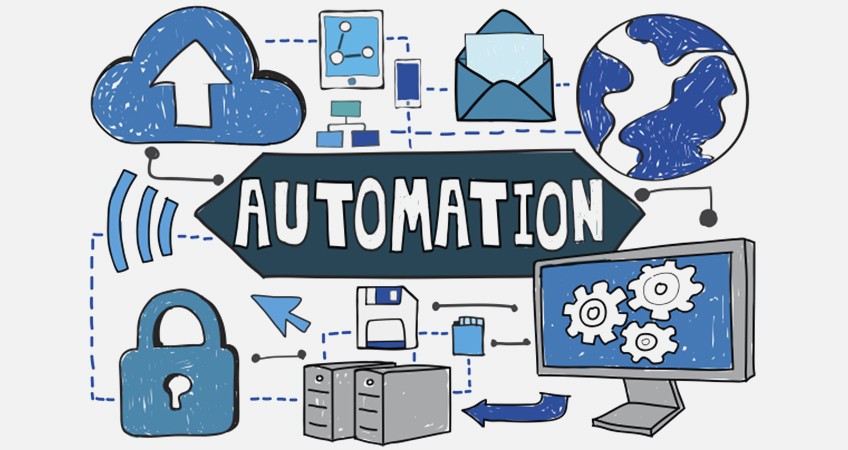In this highly competitive world, work areas are burdened with time-consuming and repetitive processes. Clients want to improve delivery, reduce costs, and ensure consistent quality in their work. Robotic process automation, or RPA, has now become a trend for all types of businesses.
Robotic Process Automation enables you to create an intelligent digital workforce that works side-by-side with your employees to drive greater efficiency. It eliminates almost any manual data-driven activity; intelligent software robots comprising powerful and dynamic process flows automate the tasks requiring human strengths such as emotional intelligence, reasoning, judgment, and interaction with the customer. Although the scope of the technology is limited to certain tasks at this point. Gartner the world’s leading research and advisory company is advising its clients to deploy RPA in their business processes to achieve greater speed and efficiency.
According to the latest report, the global market of IT robotic automation was valued at US$ 183.1 million in the year 2013, and it is expected to see growth at a CAGR of about 60.5% between the year 2017 and 2020. There is good reason for this robust adoption – RPA has a lot to offer:
- Cost reduction: Software robots are typically at least one third the price of an offshore FTE.
- Efficiency: RPA can operate 24X7 without breaks provided the underlying core applications are available.
- Accuracy: Human FTEs make data entry mistakes, whereas robots perform the same task the same way every time provided there is no judgment call required while processing transactions.
- Improved audit and regulatory compliance: Robots can provide a detailed audit logs enabling advanced business analytics and improved compliance.
- Ease of change management: Robots preserve application and data integrity by leveraging the existing application presentation layer and re-using existing application logic, databases and validation without deep understanding and re-engineering.
The Future of Robotic Automation
As robotic automation matures, three principal factors will drive business impact:
Utility – Robotics work effectively in high-demand, highly-scalable applications. These are often situations in which manual processes would involve considerable training and organization for short-term projects. To quickly mobilize RA solutions, the organization first needs to establish capacity. This means making long-term investments rather than addressing applications on a case-by-case basis.
Cognitive capabilities – Business models are becoming more sophisticated, with enterprises focusing on customer needs and outcomes rather than products. In this setting, automation algorithms need to work the way humans think, using natural language and learning from experience.
Technology partnerships – An ecosystem of expertise must be in place to exploit diverse technologies, encompassing elements like big data, cloud, and machine learning.
The days of relying on time-consuming, costly, error-prone manual business processes that bore employees into leaving their jobs should be a thing of the past. Technology such as RPA is changing the way enterprises conduct their back-end and front-end processes. Companies can expect to see potential benefits including increased revenues, improved client satisfaction rates, reduced costs and a decrease in errors and rework. These advantages are too significant to ignore.

